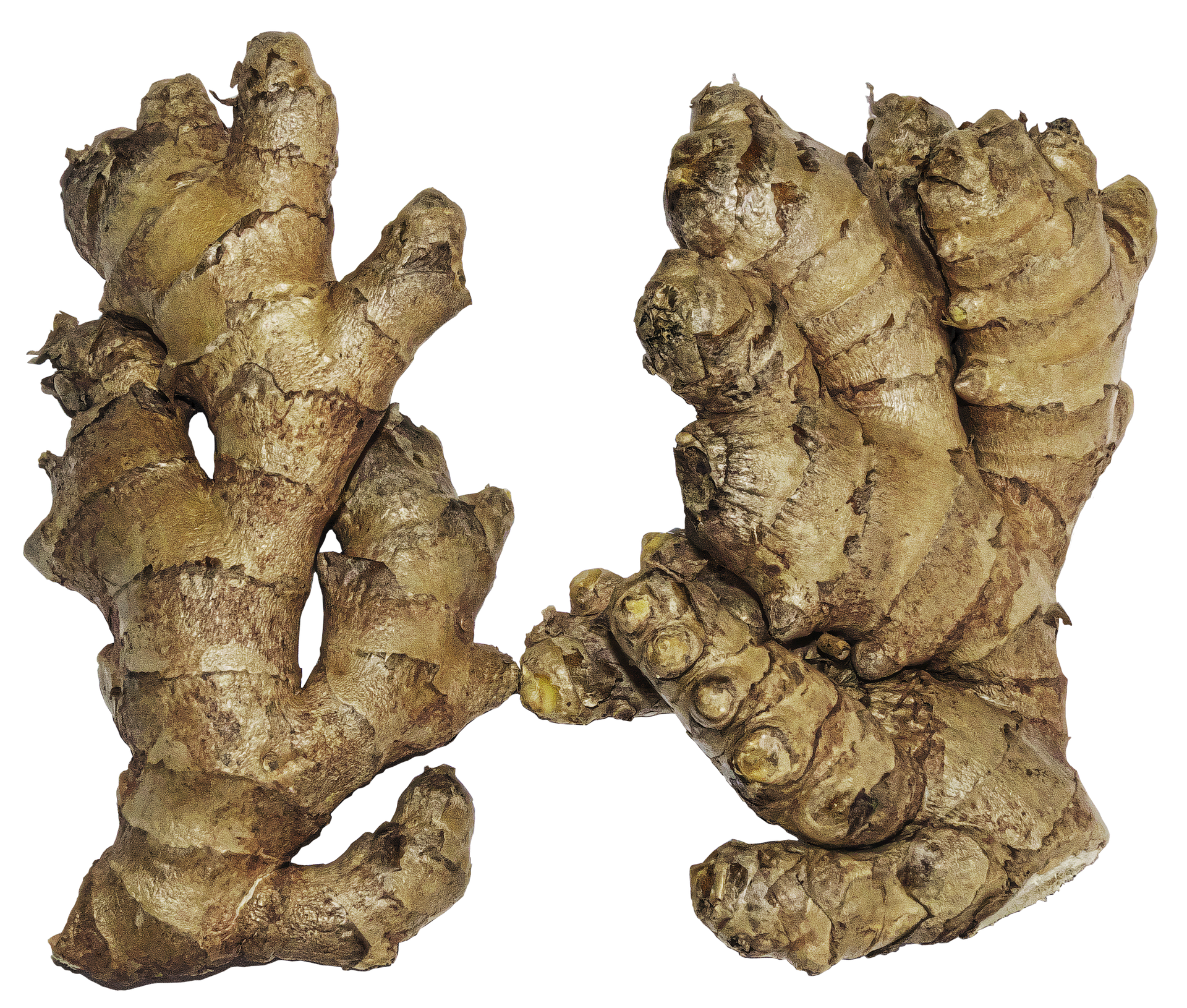Ginger with NEPAL
Ginger is a popular spice in Nepal and is widely used in Nepali cuisine. It is also an important crop grown in the country, especially in the mid-hills and lowland areas. Nepal is one of the major ginger producing countries in the world, and the quality of Nepali ginger is considered to be very high. The country exports ginger to various countries, including India, China, Bangladesh, and the Middle East. In Nepali cuisine, ginger is used in a variety of dishes, including curries, soups, and pickles. It is also used in traditional medicinal practices in Nepal, as it is believed to have various health benefits, such as aiding in digestion and reducing inflammation. Overall, ginger is an important ingredient in Nepali cuisine and culture, and its production and consumption play a significant role in the country's economy and way of life.

Ginger is widely cultivated in Nepal, particularly in the Terai and hilly regions of the country.
The major ginger producing districts in Nepal include Dhading, Nuwakot, Rasuwa, Sindhupalchowk, Kavre, Chitwan, and Nawalparasi. Nepal produces both fresh and dried ginger, with the dried form being more commonly exported.Nepal's ginger production has been increasing over the years, and the country now exports significant quantities of ginger to various countries. In 2020, Nepal exported 28,872 metric tons of ginger, with India being the largest market for Nepali ginger.In addition to its culinary uses, ginger has been used for centuries in traditional Nepali medicine for its various health benefits. Ginger is believed to have anti-inflammatory properties, and is used to treat digestive issues, headaches, and cold and flu symptoms. Overall, ginger is an important crop in Nepal that plays a significant role in the country's economy and cultural heritage. Its versatile uses in Nepali cuisine and traditional medicine make it a valuable resource for the country.

Ginger cultivation in Nepal is primarily done through smallholder farming, with many farmers growing ginger as a cash crop alongside other crops such as rice, maize, and vegetables. The cultivation of ginger in Nepal typically takes place from March to April, and the harvesting season begins from November to December. During the growing period, ginger requires regular watering, weeding, and fertilization. Once the ginger is harvested, it undergoes a process of cleaning, washing, and drying. Traditionally, ginger in Nepal is sun-dried, which involves spreading the ginger out on a mat or tarpaulin under the sun for several days until it is completely dry. In recent years, mechanical drying methods have also been introduced, which use machines to dry the ginger at a faster pace. After the ginger is dried, it is either sold in its whole form or processed further into various forms, such as sliced, grated, or powdered ginger. These different forms of ginger are used in different ways, such as in cooking or for medicinal purposes. In addition to being a valuable crop for its economic and cultural significance, ginger cultivation in Nepal is also considered to be environmentally sustainable, as it requires minimal use of pesticides and fertilizers, and the ginger plant itself helps to prevent soil erosion. Overall, ginger cultivation and processing in Nepal is an important aspect of the country's agricultural sector, providing livelihoods for many smallholder farmers and contributing to the country's economy and cultural heritage.
